Currently MSU has more than 21,000 capital assets worth approximately $978 million. Nearly 75% of the assets are used for research and education.
Nov. 10, 2022
Equipping the advancement of research and education
Spartan Employee Spotlight – Capital Asset Management
Currently MSU has more than 21,000 capital assets worth approximately $978 million. Nearly 75% of the assets are used for research and education.

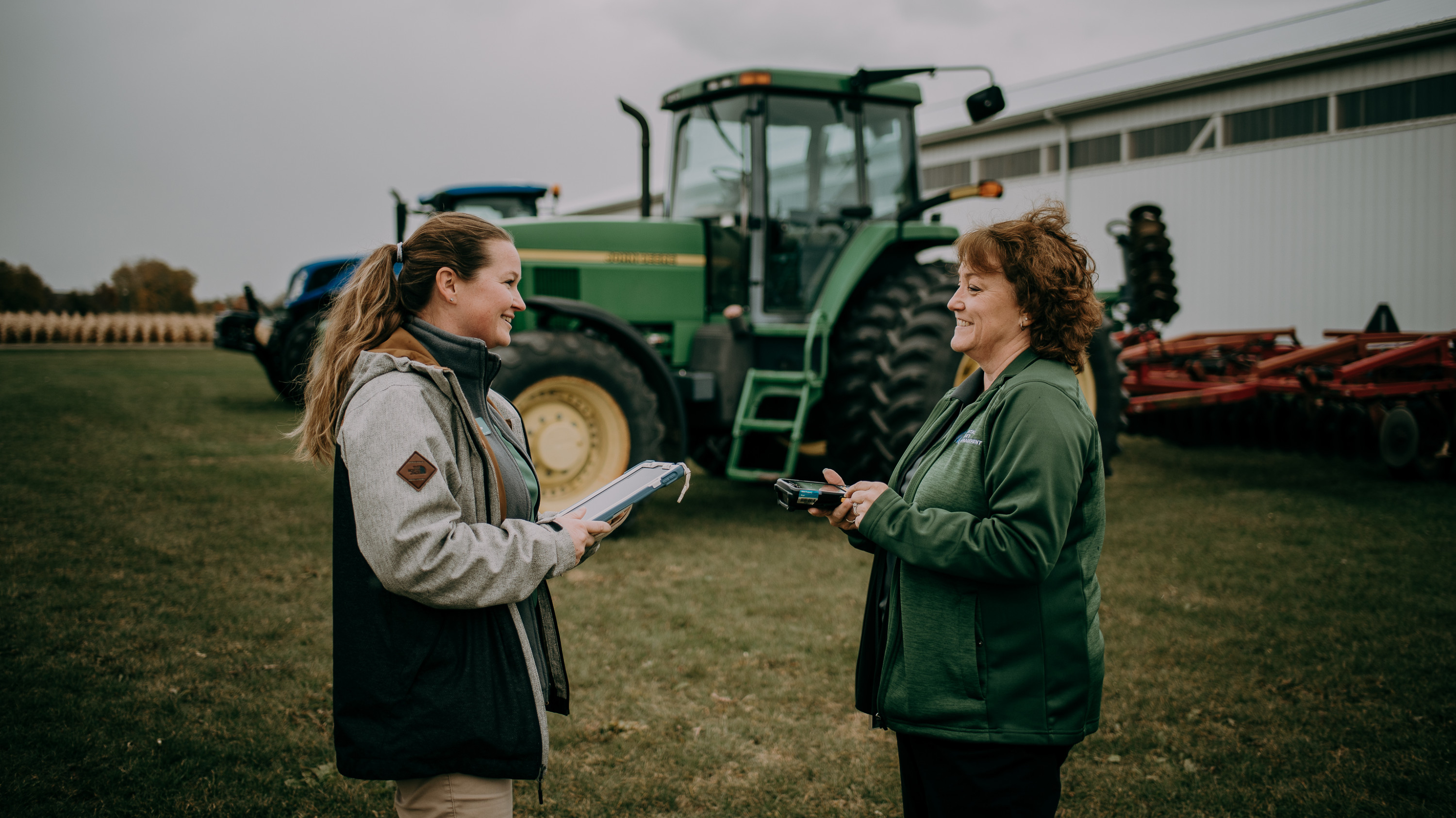
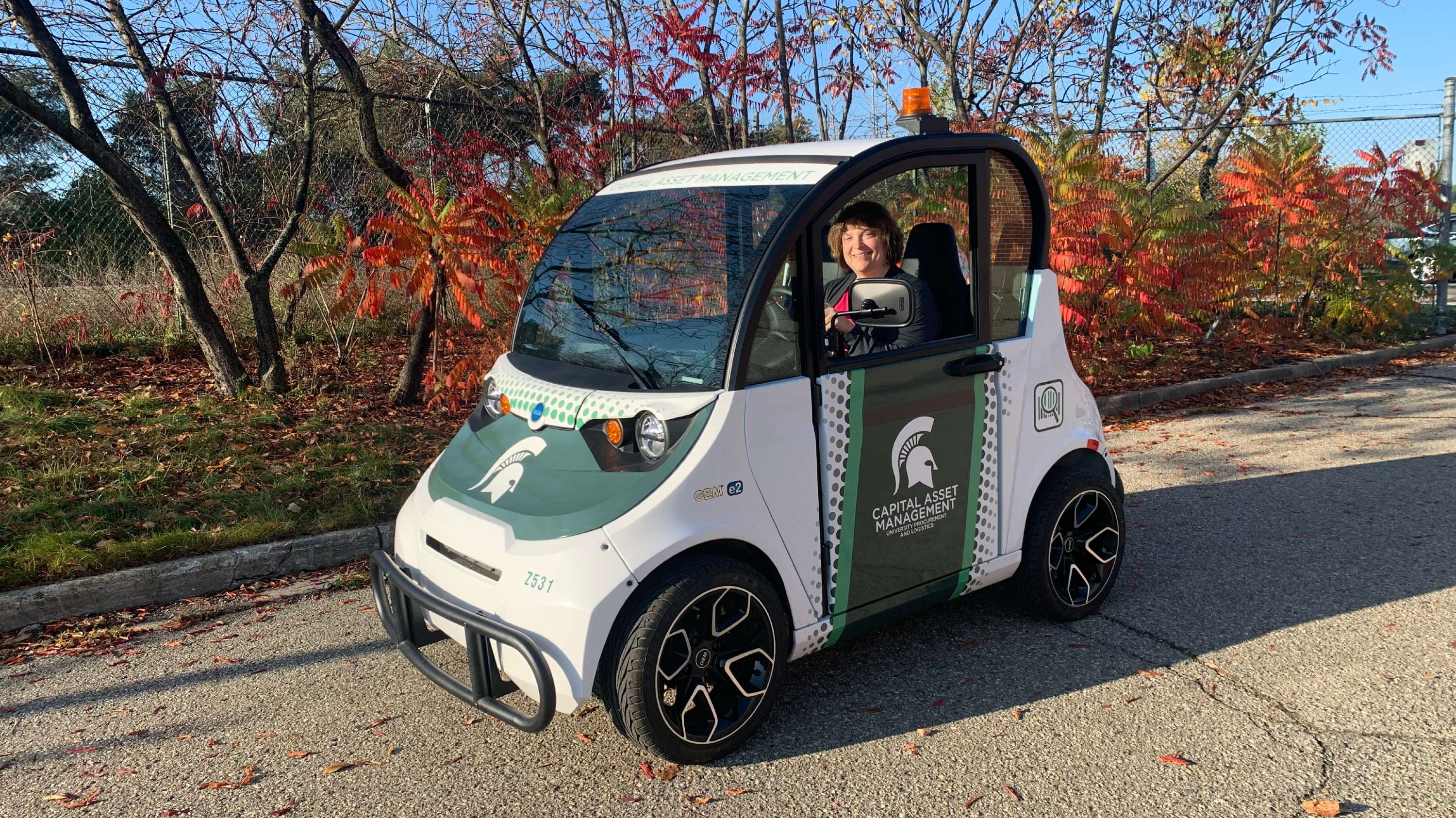
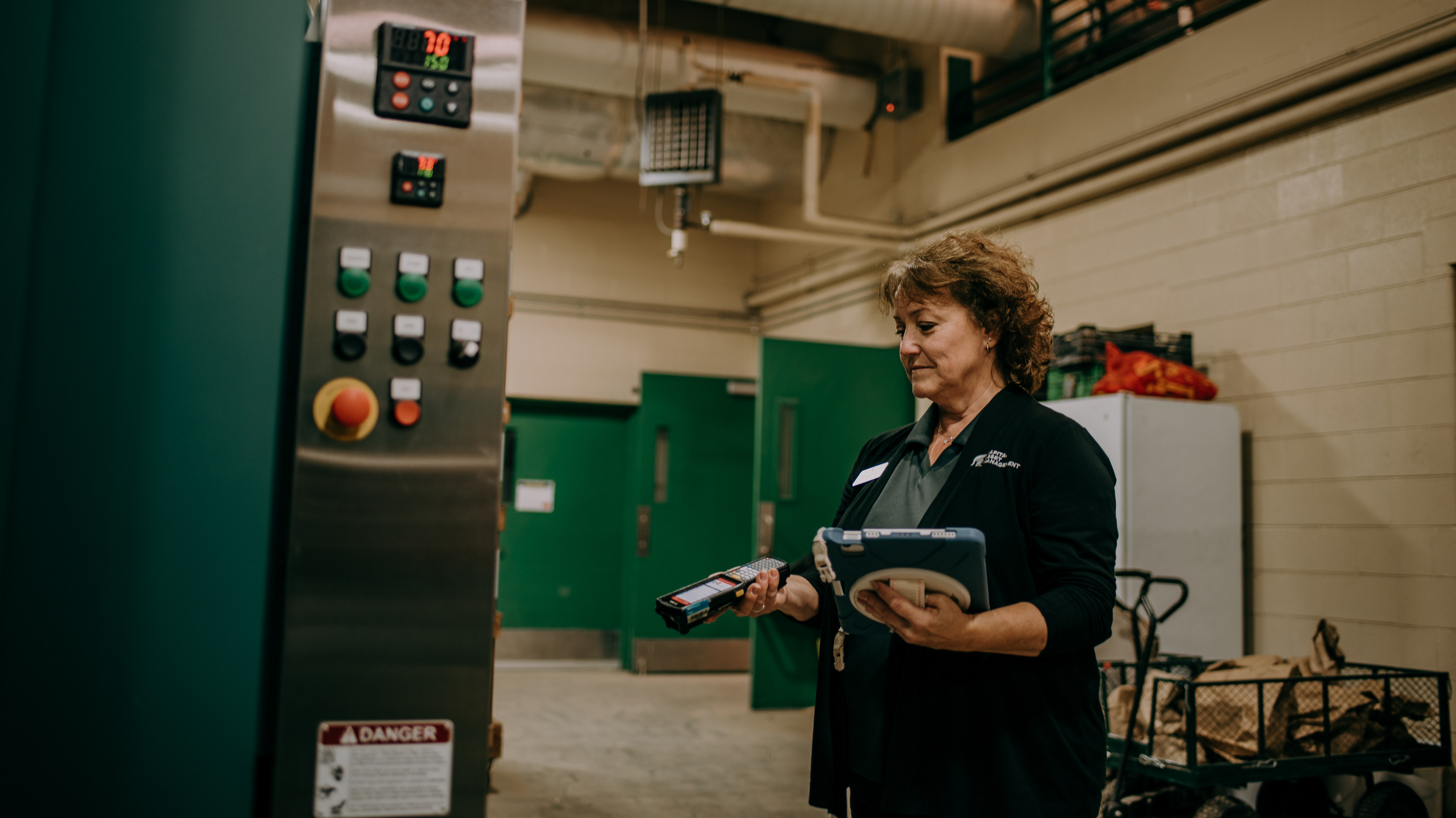
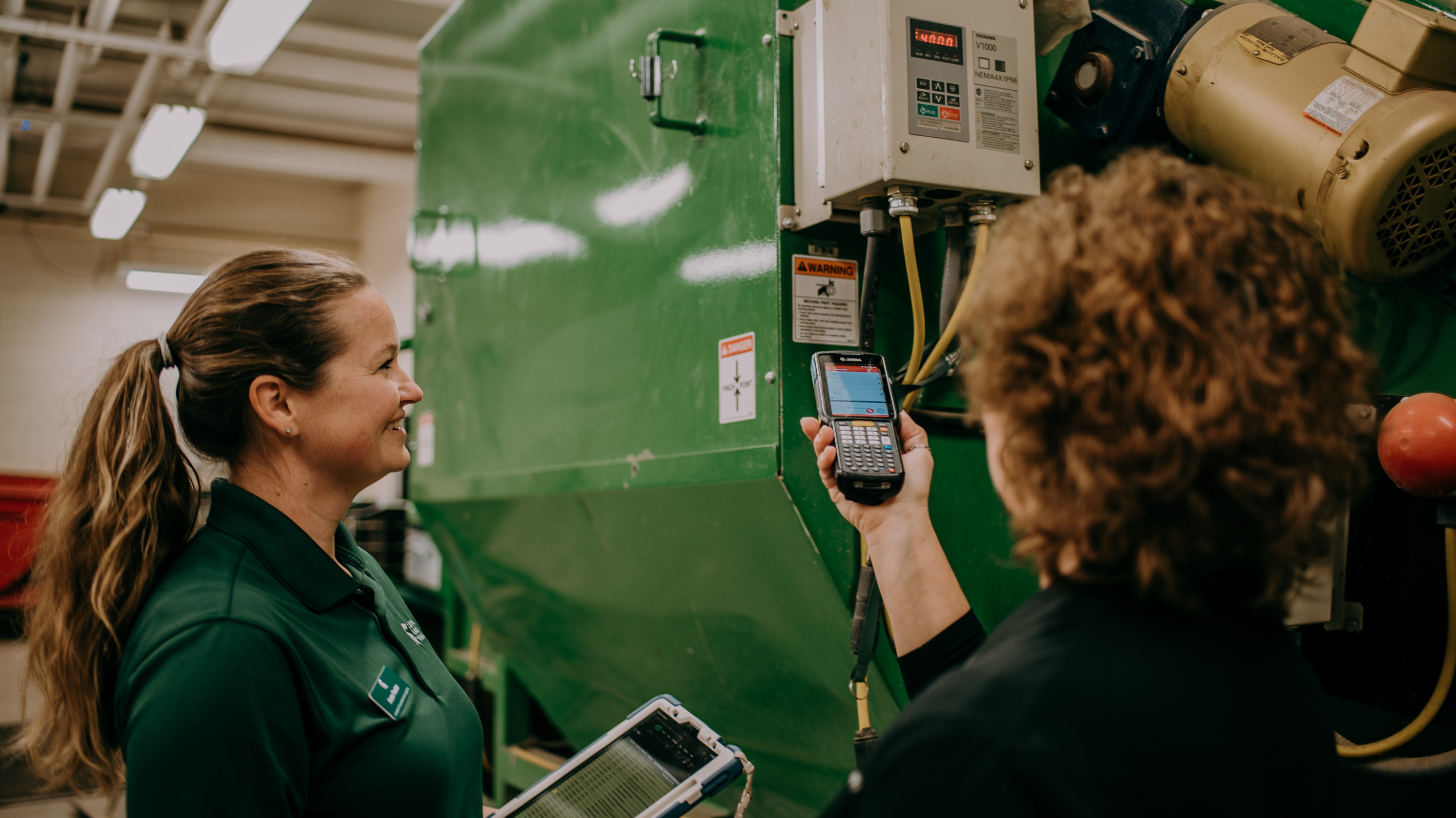
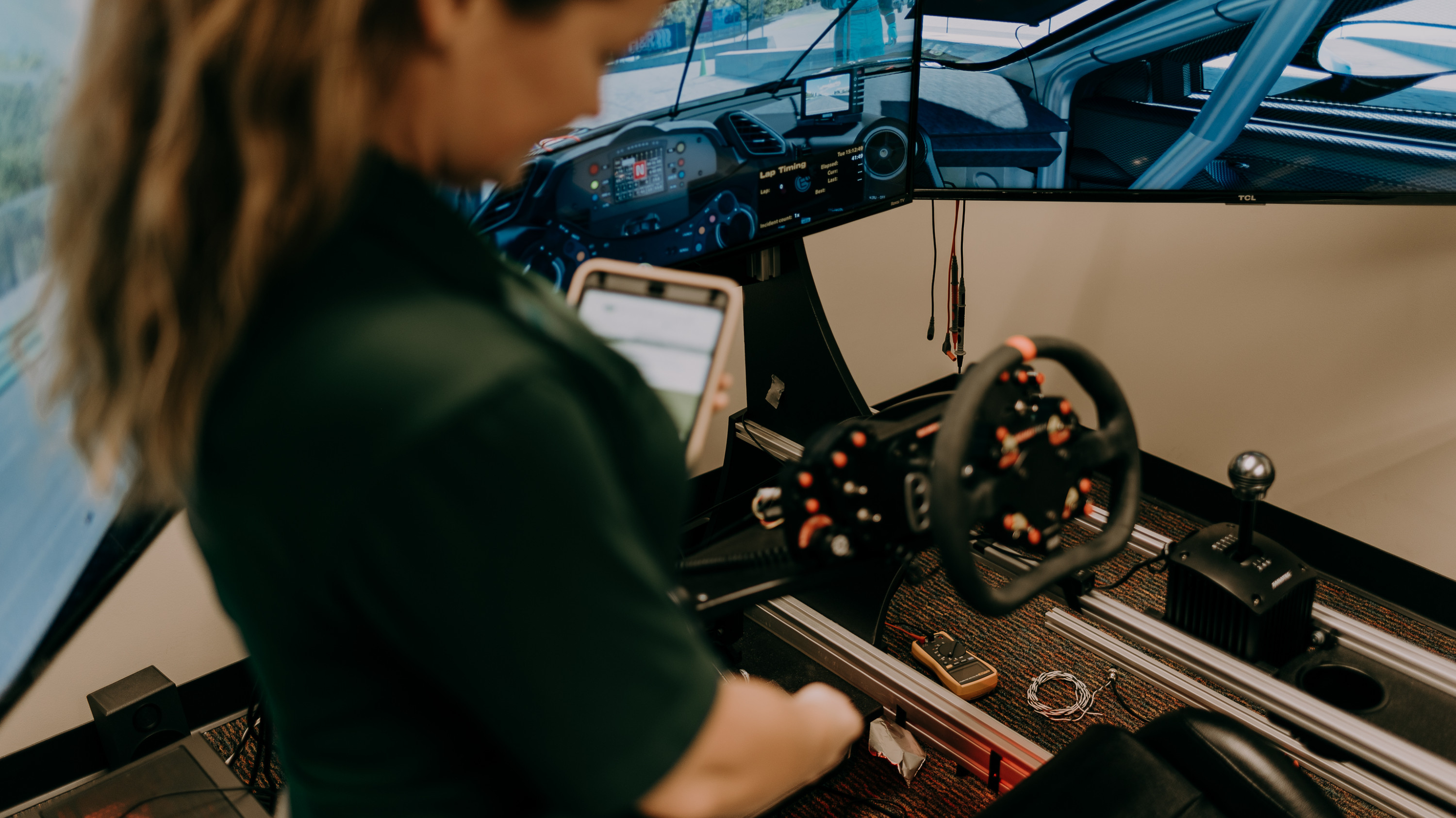
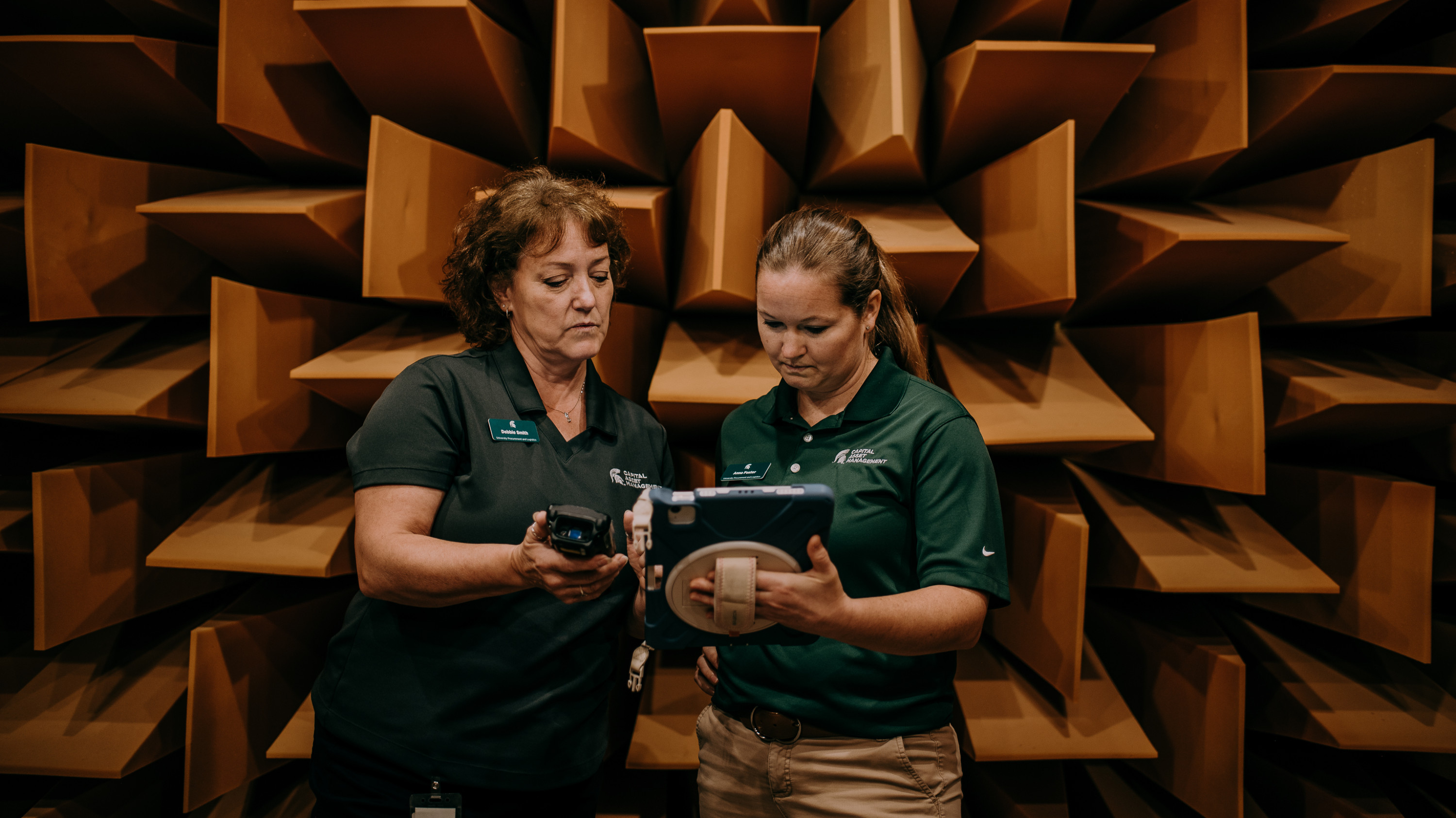
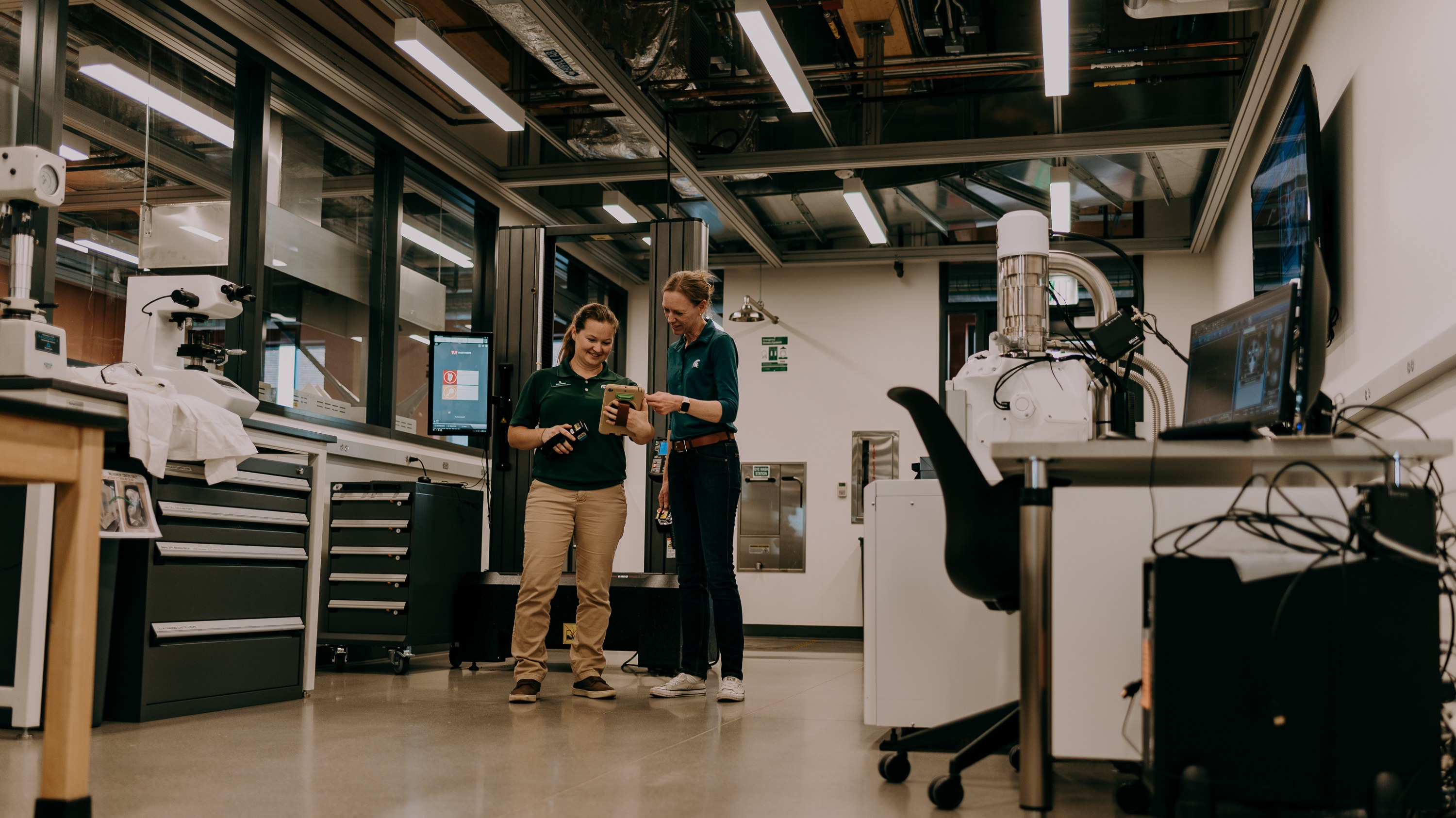









Equipment like tractors, combines and other machinery used at MSU’s Agronomy Farm all meet the CAM criteria and should be recorded as assets at the time of acquisition. Recently the CAM team completed the Unrecorded Assets Project. In partnership with MSU Information Technology and Infrastructure Planning and Facilities, items that may have missed being recorded upon acquisition were tagged and added to the university database.
“I keep learning new things every day,” says Bauer, who joined MSU earlier this year. “There is so much important research and interesting things happening at MSU. I’m proud to play a part in it!”
A CAM audit is a physical check of the capital asset to confirm it is accounted for and in proper working order. Departments are required to inventory all capital assets annually, with the CAM team assisting in the inventory verification process every other year. Once all assets are verified and accurate, departments submit an Annual Asset Inventory Certification Form to CAM for record keeping. “I’m now in my third capital asset audit cycle, which is so exciting because I now get to revisit sites and colleagues that I worked with in my first few months here at CAM,” explains Debbie Smith, who joined CAM in 2021 after working at MSU since 2007. “I know that every audit we successfully complete is essential to the continued success of our fellow Spartans.”
Each capital asset is identified with a “Property of Michigan State University” asset tag with a unique number. The asset tag must be placed on the front of the asset — where it is visible and easy to identify. Hand scanners and tablets help the CAM team digitally track assets in any space, such as this barrel washer on the potato grading line at the Agronomy Farm.
Equipment like tractors, combines and other machinery used at MSU’s Agronomy Farm all meet the CAM criteria and should be recorded as assets at the time of acquisition. Recently the CAM team completed the Unrecorded Assets Project. In partnership with MSU Information Technology and Infrastructure Planning and Facilities, items that may have missed being recorded upon acquisition were tagged and added to the university database.
“I keep learning new things every day,” says Bauer, who joined MSU earlier this year. “There is so much important research and interesting things happening at MSU. I’m proud to play a part in it!”
A CAM audit is a physical check of the capital asset to confirm it is accounted for and in proper working order. Departments are required to inventory all capital assets annually, with the CAM team assisting in the inventory verification process every other year. Once all assets are verified and accurate, departments submit an Annual Asset Inventory Certification Form to CAM for record keeping. “I’m now in my third capital asset audit cycle, which is so exciting because I now get to revisit sites and colleagues that I worked with in my first few months here at CAM,” explains Debbie Smith, who joined CAM in 2021 after working at MSU since 2007. “I know that every audit we successfully complete is essential to the continued success of our fellow Spartans.”
Each capital asset is identified with a “Property of Michigan State University” asset tag with a unique number. The asset tag must be placed on the front of the asset — where it is visible and easy to identify. Hand scanners and tablets help the CAM team digitally track assets in any space, such as this barrel washer on the potato grading line at the Agronomy Farm.
Equipment like tractors, combines and other machinery used at MSU’s Agronomy Farm all meet the CAM criteria and should be recorded as assets at the time of acquisition. Recently the CAM team completed the Unrecorded Assets Project. In partnership with MSU Information Technology and Infrastructure Planning and Facilities, items that may have missed being recorded upon acquisition were tagged and added to the university database.
01 / 08
Latest News
MSUToday Weekly Update
The MSUToday Weekly Update email showcases how Spartans are making a difference through academic excellence, research impact and community outreach. Get inspired by these stories of innovation, collaboration and determination. Plus, enjoy photos and videos of campus and more MSU content to help keep you connected to the Spartan community.